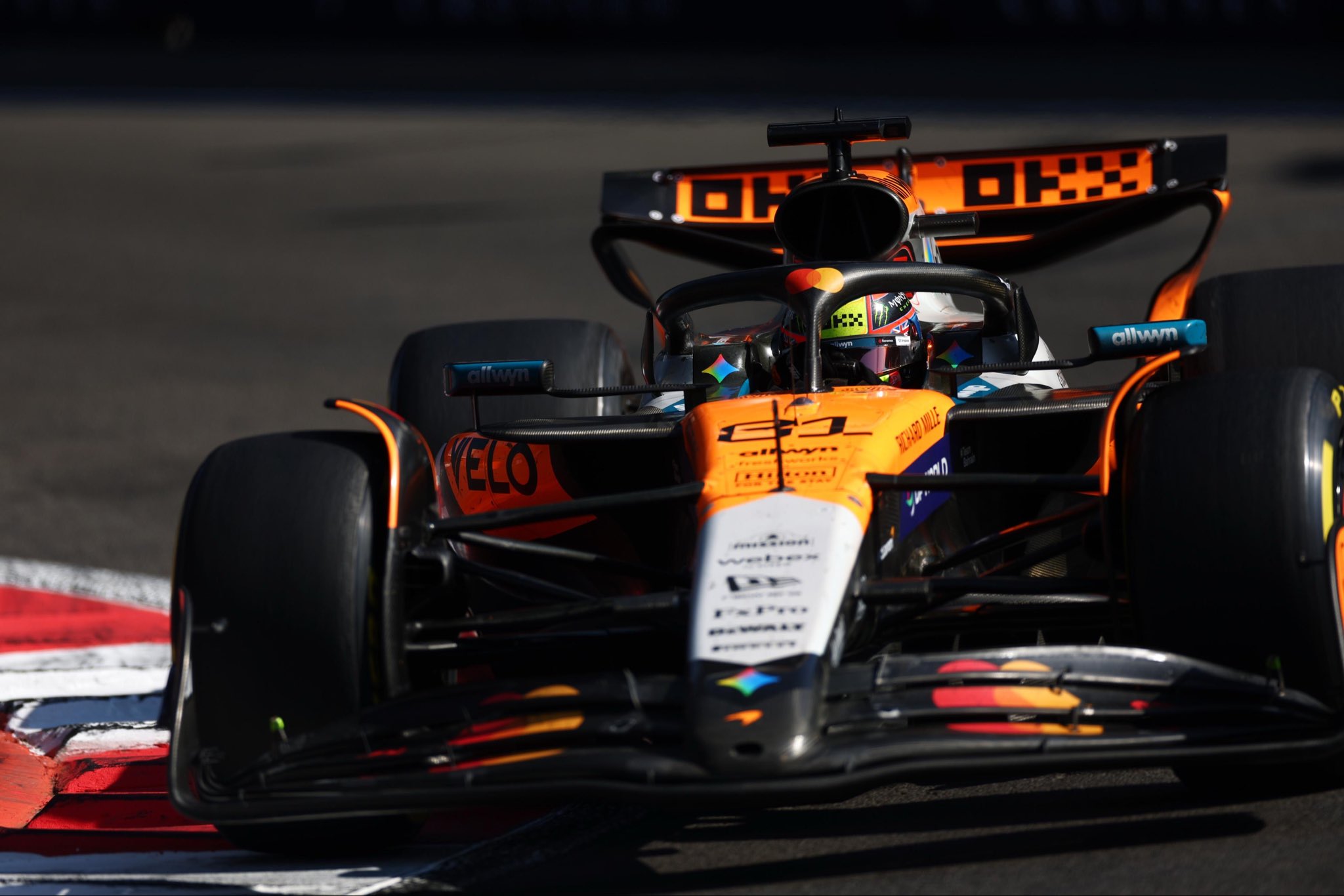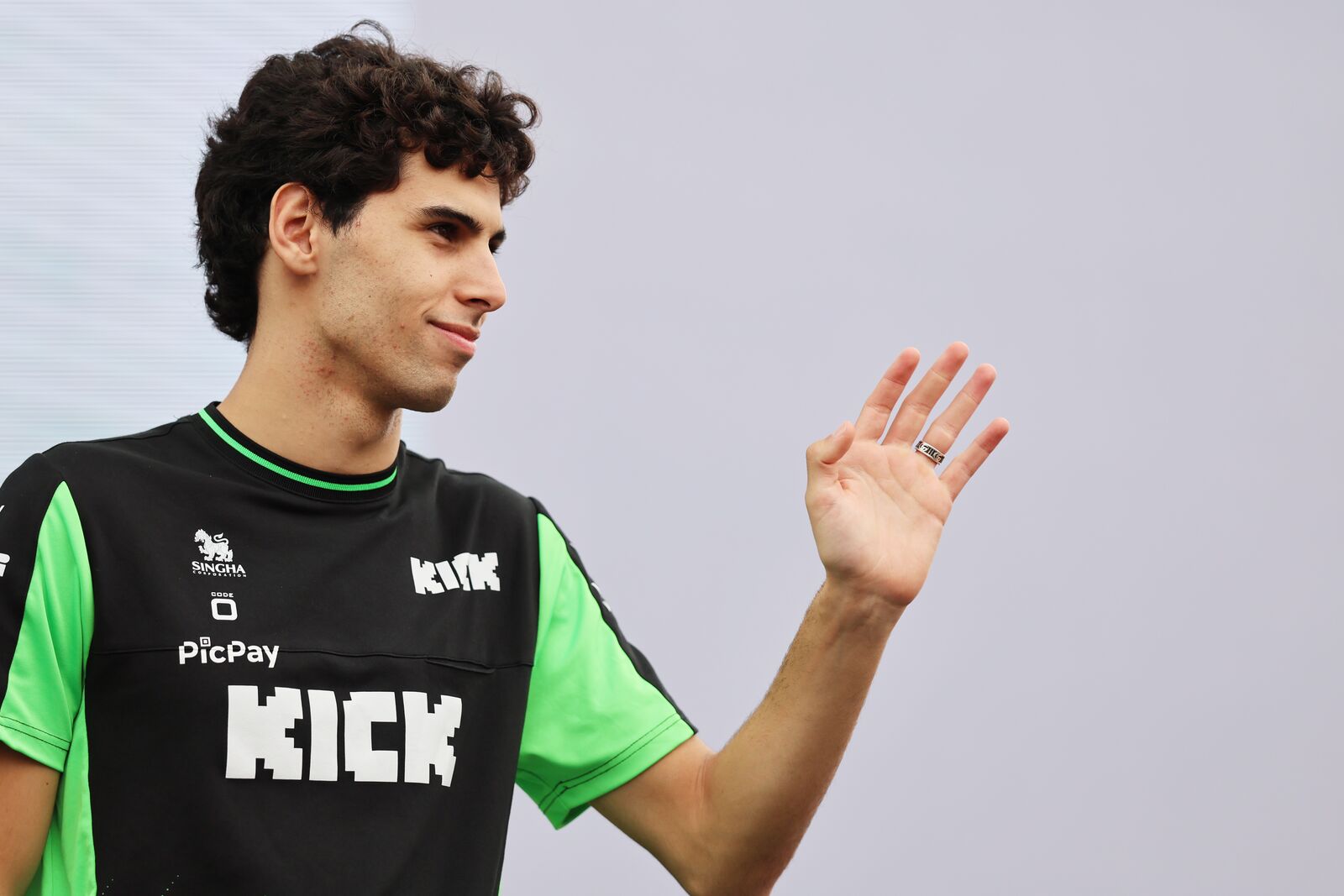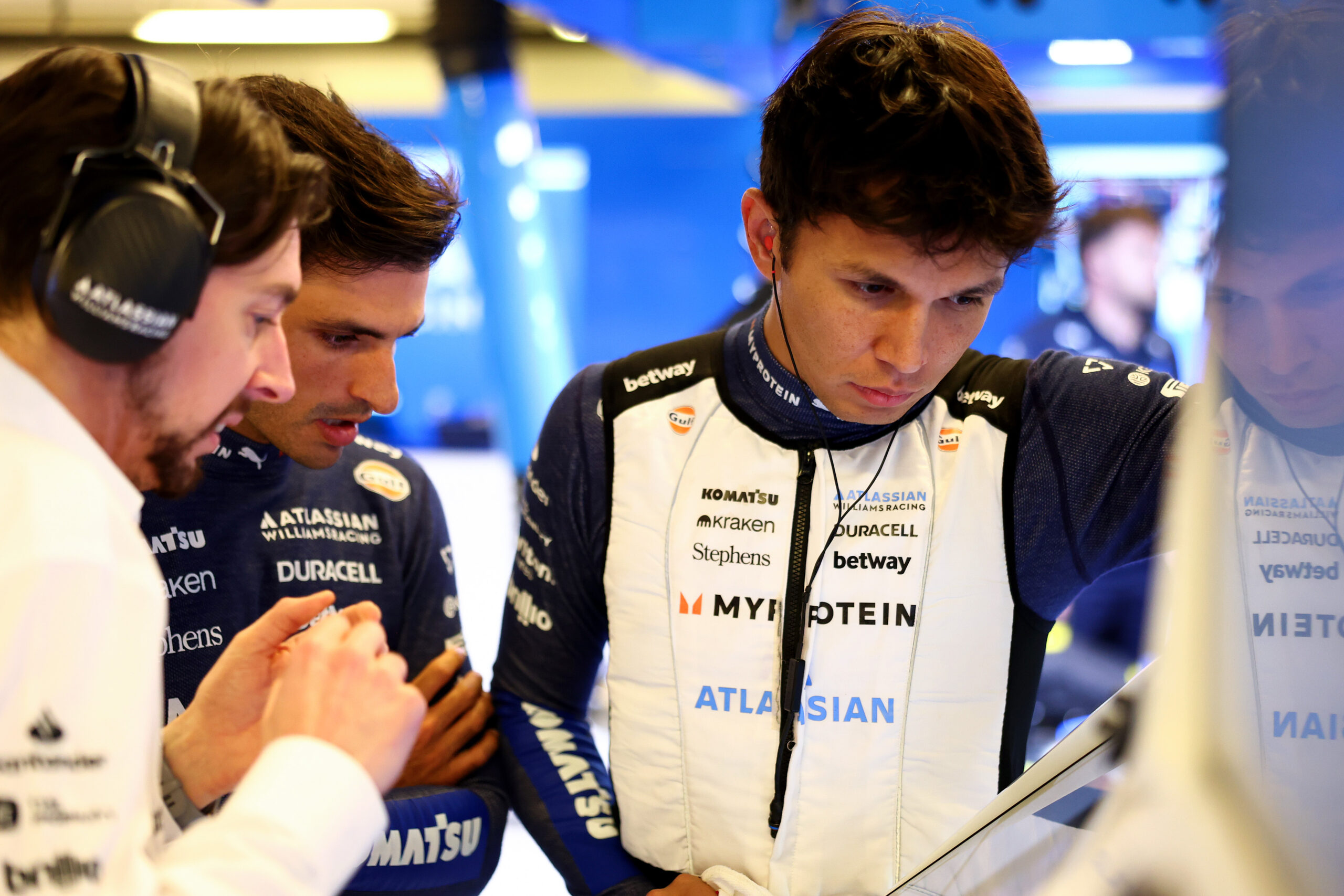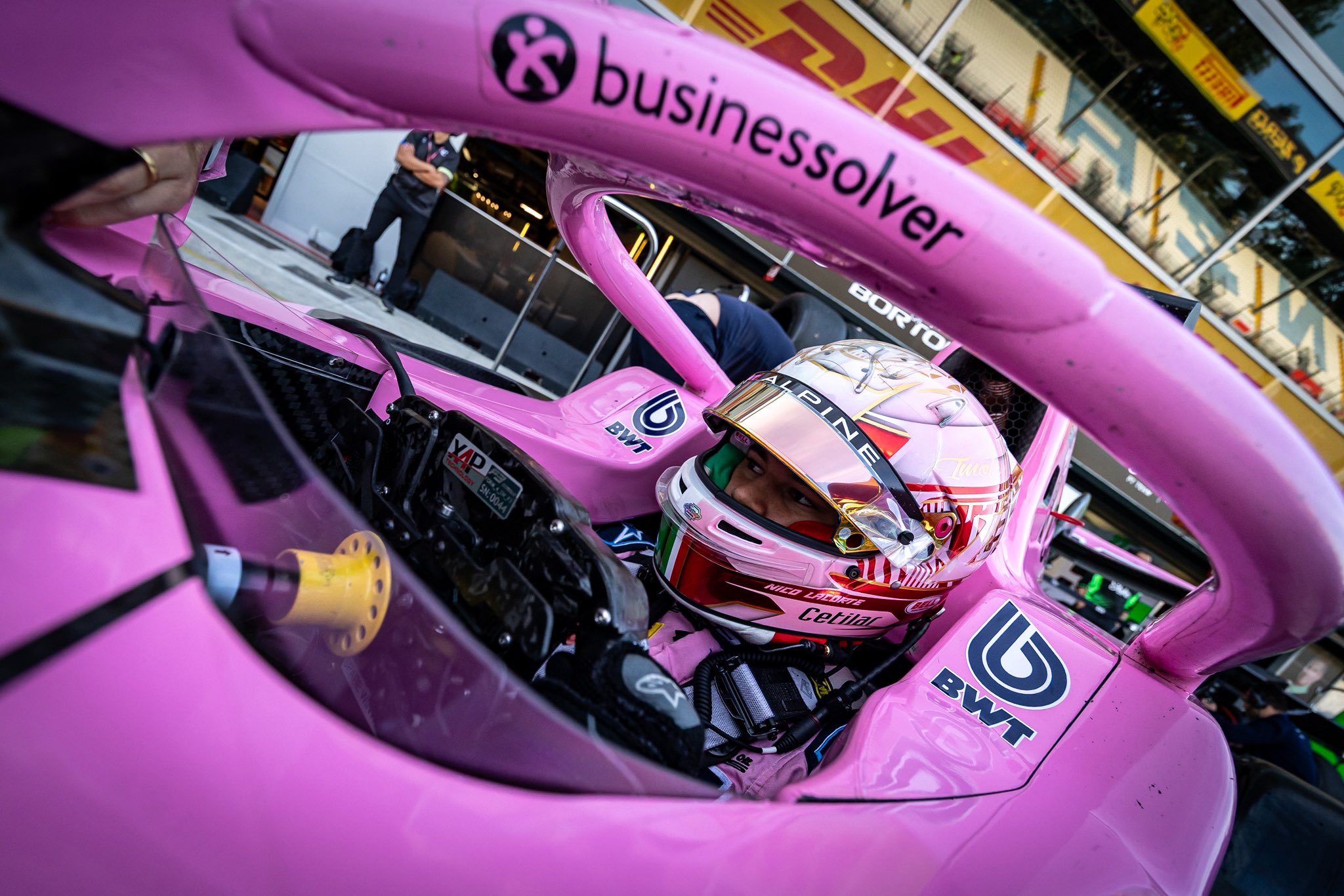Post-race of a strategically complex 2025 F1 Mexico City GP raised questions on the divergent strategies of McLaren; while teammate, Lando Norris, won on an optimal one-stop strategy, Oscar Piastri was moved to a two-stop strategy. He finished P5 in the end.
The decision left many wondering why the team didn’t allow Piastri possessing clear pace at the Mexico Grand Prix, to mirror the leader’s strategy. In his post-race print media session, McLaren Team Principal Andrea Stella explained that the decision was about a tactical reality: track position.
Piastri’s predicament: Trapped by Russell
Simply copying the leaders was never a viable option for Piastri. The primary goal, Stella explained, was to get him out of the DRS train he was stuck in behind the two Mercedes cars. Ollie Bearman was a couple of seconds further up the road.
“Well, Oscar, first of all, the idea with Oscar was to try and put him in free air and try to utilise the performance that was available on Oscar’s car,” Stella said.
The key obstacle for Piastri was George Russell, who was running directly ahead of him. Staying out to attempt a one-stop would have been futile. It would have left Piastri unable to use his “superior speed.”
“If Oscar had stayed out, very likely Russell would have stayed out, who was ahead of Oscar,” Stella noted. This single tactical reality meant Piastri’s race would have been permanently compromised by dirty air.
The “controlling strategy”

By pitting Piastri for a second time, McLaren forced a strategic cascade. It was an aggressive move to break the stalemate, effectively converting Piastri’s race into an attack. Jumping Kimi Antonelli through the stops was key. He passed Russell in his third and final stint.
“It was a little bit of a controlling strategy,” Stella explained, “and that’s why you end up with a group of cars that are on the same strategy.”
McLaren’s move to pit Piastri likely triggered reactions from other cars in that pack. This led to all of them pulling a two-stop plan. Bearman and Russell boxed on the following tour.
Ultimately, Stella clarified that the choice was about which one would give Piastri a chance to actually race. “I think it’s not necessarily for Oscar committing to one or two, but probably it was more about trying to find some free air for Oscar to express his potential.”
The luxury of the leaders
In stark contrast, the race leaders had the one thing Piastri lacked: a clear track. Their commanding lead meant they were not reacting to anyone, allowing them to execute their ideal race without pressure.
“I think the fact that with Lando and Leclerc, they had enough space to actually, once again, control what was happening behind them,” Stella said. “And there was no reason to go on a two-stop.”
In the end, the split strategies were a classic example of F1’s positional chess. Norris had the luxury of executing the perfect race, while Piastri was forced to use strategy at the F1 Mexico City GP as a weapon to fight out of a tactical bind.





